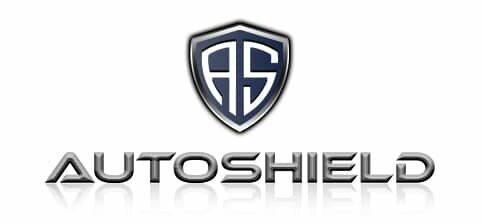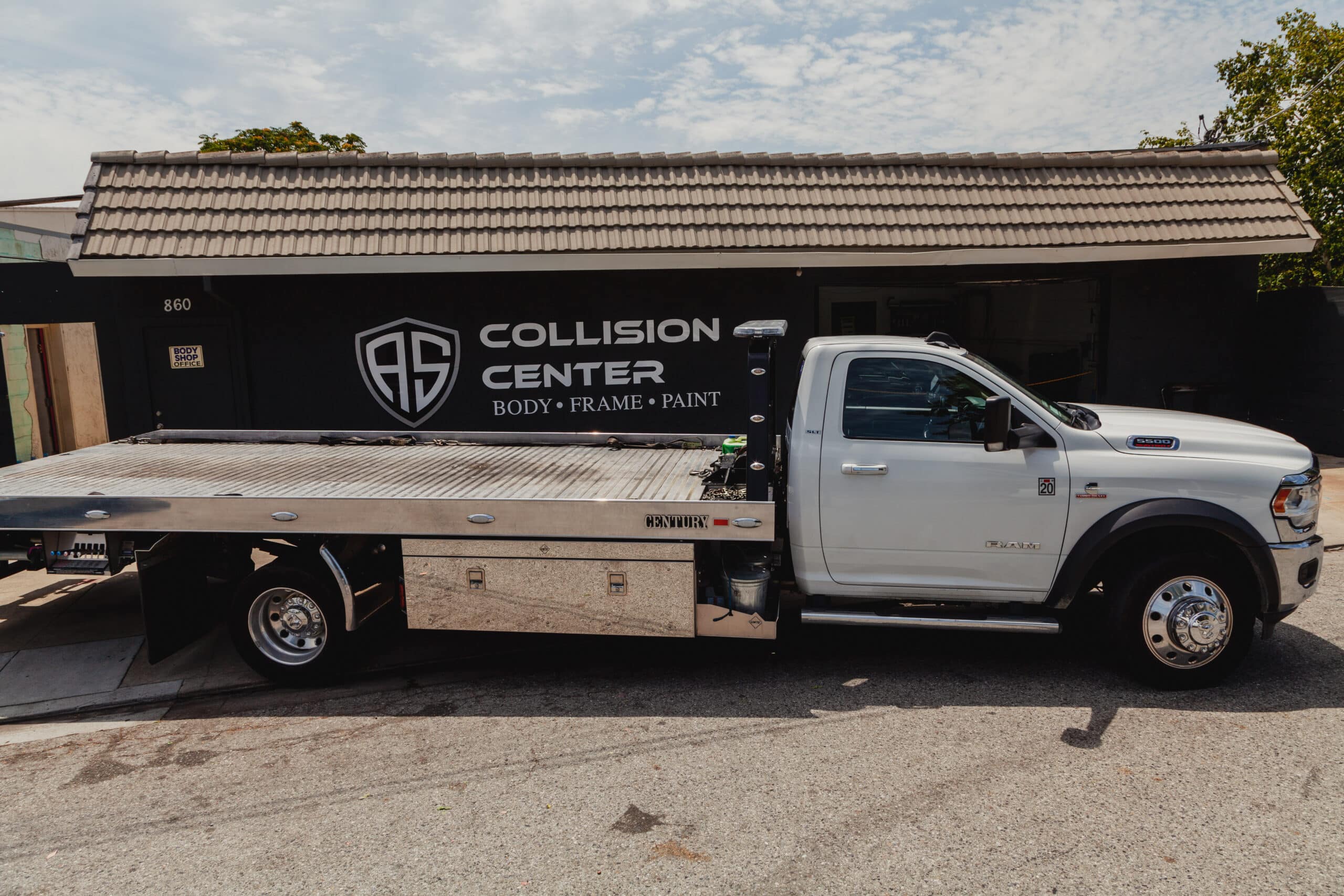Car insurance is a legal requirement for all drivers and helps protect you financially in case of an accident.
There are six major auto insurance coverage available: auto liability coverage, collision Insurance coverage, comprehensive coverage, personal injury protection, medical payments coverage, and uninsured/underinsured motorist coverage.
Some of these auto insurance coverages are mandatory, while others are essential, depending on your daily operations.
This guide will explore all six major types of auto insurance and additional kinds of auto insurance and their benefits.
We will also explain the terms used, such as coverage limits and deductibles, to help you understand before you choose the policy that best suits your needs and budget.
1 – Auto Liability Coverage
Liability insurance coverage provides protection against claims when you’re at fault in an accident.
This insurance policy pays third parties and not the policyholder. This is why it may be referred to as third-party insurance.
There are two components of auto liability coverage namely:
- Bodily injury( BI): Bodily injury auto liability coverage caters for all the payouts and medical fees the insured party is responsible for if found guilty after an accident.
- Property damage (PD): Property damage auto liability caters to damages caused to other people s property while driving, such as other cars, mailboxes, or street signs.
The auto liability coverage also pays for all the legal fees in accident-related lawsuits.
Auto liability coverage is indicated as three numbers separated by a forward slash.
For instance, 50/150/50. The table below explains this further.
| First 50 | $50,000 Bodily injury liability per person |
| 150 | $150,000 bodily injury coverage per accident |
| Last 50 | $50,000 property damage coverage per accident |
Note: Auto liability insurance coverage does not cater to intentional injury or property damage caused by the policyholder.
2 – Comprehensive Coverage
Comprehensive auto insurance provides financial protection for your vehicle in the event of damages or losses outside your control.
This can include damages caused by unexpected events such as theft, vandalism, fire, natural disasters, and other non-collision-related incidents. Comprehensive car insurance also includes liability coverage.
As said, liability coverage helps pay for damages or injuries you may cause to another person or their property while operating your vehicle. The cover can help lower the out-of-pocket costs associated with repairing or replacing your vehicle in case of a covered loss.
Comprehensive car insurance policies have deductibles. This is the amount you will have to pay out of pocket when you file a claim.
The higher the deductible, the lower your premium will be, but you’ll have to pay more out of pocket if you have a claim.
For instance, let’s say you have a $400 comprehensive deductible, and you file a claim of $1200 after vandalism on your car.
If your claim is approved, you’ll pay $400 out of pocket, and your insurance company will pay the remaining $800.
The amount of comprehensive deductible depends on what you prefer.
Note: Comprehensive car insurance does not cover damages caused by a collision with another vehicle or collision with an object. For that, you need Collision coverage.
3 – Collision Coverage
Collision car insurance provides coverage for damages to your vehicle in the event of a collision with another car or object, regardless of who’s at fault.
This includes damages caused by accidents such as hitting a tree or pole or a rollover accident.
Like comprehensive coverage, collision coverage has deductibles. Collision coverage will pay for the repair or replacement of your vehicle up to the actual cash value of your vehicle (minus your deductible).
Note: Collision coverage only applies to damages to your vehicle. It does not cover damages or injuries to other people or their property.
4 – Personal Injury Protection (PIP)
Personal Injury Protection (PIP) provides financial coverage for medical expenses and lost wages resulting from an accident.
PIP is also known as “no-fault” coverage because it pays for your expenses regardless of who caused the accident.
PIP coverage includes medical expenses, such as hospital bills, doctor visits, and rehabilitation costs. It also covers lost wages if you cannot work due to injuries caused by the accident.
In some policies, PIP coverage may also provide additional benefits, such as funeral expenses and death benefits.
PIP coverage is mandatory in no-fault states i.e, Utah, Massachusetts, Oregon, Michigan, Minnesota, New Jersey, New York, Delaware, Florida, Hawaii, North Dakota, and Kansas. Drivers in these states must have PIP coverage as part of their auto insurance policy.
In states where it is optional, drivers can add PIP coverage to their policy for an additional cost.
5 – Medical Payments Coverage
Medical payments coverage is also known as “medpay.” It helps cover medical expenses for you and your passengers if you are involved in a car accident.
This coverage is offered as an optional add-on to a standard car insurance policy. It pays for hospital bills, ambulance fees, and other medical expenses.
The difference between medpay and PIP is that PIP is mandatory in all no-fault states, whereas medpay is always optional.
In no-fault states, the insurance law states that both drivers must file a claim with their insurance provider for all bodily injury expenses, no matter who’s at fault.
In the unfortunate event you cause an accident, body injury liability pays for the other party’s medical expenses. If you don’t have med pay or PIP, you have to pay for the medical expenses of you and your passengers out of pocket.
6 – Uninsured/Underinsured Motorist Coverage
12.6% of drivers in the USA don’t have auto insurance. Uninsured/Underinsured Motorist coverage provides financial protection for you and your passengers in an accident caused by a driver who does not have enough or no insurance.
Uninsured Motorist (UM) coverage provides protection if you are in an accident caused by a driver who does not have insurance.
Underinsured Motorist (UIM) coverage provides protection if you are in an accident caused by a driver with insurance but not enough to cover the damages and injuries caused by the accident.
This coverage pays for medical expenses, lost wages, and other damages that the other driver’s insurance may not cover.
Uninsured motorist coverage is mandatory in some states, for example, Connecticut, District of Columbia, Illinois, Kansas, Maine, and more. In these states where it is mandatory, drivers must have UM coverage as part of their auto insurance policy.
In states where it is optional, drivers can choose to add UM/UIM coverage to their policy for an additional cost.
Note: UM/UIM coverage is usually capped at a specific limit, so it’s important to understand the minimum or maximum amount that can be covered under your policy. For example, if you’re from Kansas, you’ll be required to pay a minimum of $25,000 per person, and $50,000 per accident in uninsured/underinsured motorist coverage.
Other Types of Insurance Coverage
Aside from the common types of car insurance coverage we’ve covered, you can also add the following covers to your insurance policy, depending on your needs.
These types of auto insurance coverage are not available in all states and are not always included in standard auto insurance policies.
They’re offered as an optional add-on to a standard auto insurance policy and come at an additional cost.
Gap auto coverage
Gap coverage covers the difference, or “gap,” between the amount you owe on your car loan or lease and the car’s actual cash value if the car is totaled or stolen.
It’s required by lenders or leasing companies as a condition of financing or leasing a car.
Gap auto coverage is intended to protect the lender or leasing company from financial loss if the car is destroyed and the value of the car is less than the amount owed.
Ride-sharing coverage
Ride-sharing coverage is specifically designed for drivers who use their personal vehicles to provide transportation services through a ride-sharing platform such as Uber or Lyft.
This type of coverage provides liability and collision coverage while the driver is in the process of providing a ride-sharing service. It may also provide coverage for damages to the driver’s vehicle.
Classic car insurance
Classic car insurance is specifically designed for classic, antique, and collectible vehicles.
Classic cars are generally considered to be vehicles that are at least 25 years old and are valued for their rarity, historical significance, or aesthetic appeal.
Classic car insurance provides coverage for physical damage to the vehicle and liability coverage in the event of an accident.
The policy may also include coverage for spare parts, transportation costs, and in some cases, even coverage for events and rallies.
New car replacement coverage
New car replacement auto insurance provides a new vehicle if your car is declared a total loss (totaled) within a certain period of time, usually within the first year or two of ownership.
This coverage is designed to protect car buyers from the financial loss of having to replace a new vehicle with one that is used or older.
New car replacement coverage applies if the vehicle is totaled as the result of an accident, fire, theft, or natural disaster, and the policyholder is the vehicle’s original owner.
This coverage is an option to consider if you have a new car, as it will give you peace of mind knowing that you will be covered in case of a total loss.
Towing and labor cost coverage
Towing and labor cost insurance provides reimbursement for the costs of towing and labor associated with a breakdown or disablement of the insured vehicle.
This coverage is usually included as part of a comprehensive or collision insurance policy, but it can also be purchased as a standalone coverage or as an add-on to a basic auto insurance policy.
Towing and labor coverage provides reimbursement for the cost of towing the vehicle to the nearest qualified repair facility. It also caters for the cost of having a tow truck take the vehicle to a location specified by the policyholder.
The coverage also provides reimbursement for the cost of labor performed at the place of disablement. For example, changing a flat tire, jump-starting a dead battery, or delivering a small amount of fuel.
Rental reimbursement coverage/Transportation expense coverage
Rental reimbursement or transportation coverage provides reimbursement for the cost of renting a vehicle while the policyholder’s vehicle is being repaired after a covered loss.
This coverage is usually included as an option in a comprehensive or collision insurance policy but can also be purchased as a standalone coverage.
Rental reimbursement coverage pays for the cost of renting a vehicle for a specific period, usually for a few days or a week, while the policyholder’s vehicle is being repaired.
Insurance Required By Law
As a driver, you must have liability insurance to take your car on the road. Liability insurance is required by law and is mandatory for all drivers in all states.
The required minimum liability coverage is set by each state and varies from state to state.
The rest of the insurance covers such as collision and comprehensive, may not be mandatory but are required by law in some states, especially if you have a loan or lease on your vehicle.
Get Auto Insurance Coverage
It’s important to review your policy and understand what is covered and what’s excluded under your auto insurance coverage.
You should also regularly review your coverage and adjust it as necessary to ensure that you have the right amount of protection for your needs.
Need help with your auto insurance claims? Talk to us now and we’ll help you get a simple hassle-free service.




